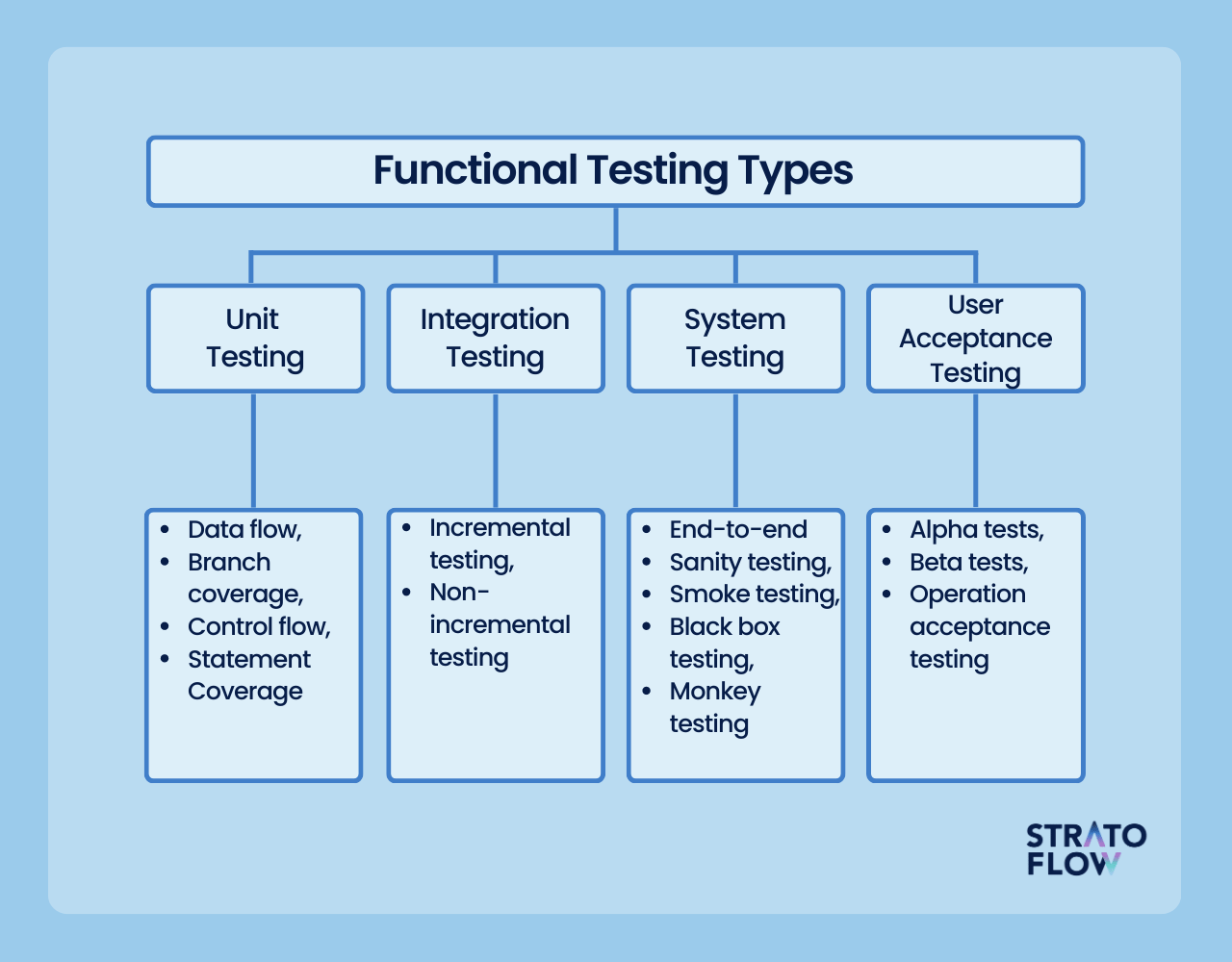The Blue Book's Comeback: Why This Old-School Testing Method Is Back

Table of Contents
The Undeniable Benefits of Structured Testing: Why Blue Book Methods Still Matter
The renewed interest in Blue Book testing isn't simply nostalgia; it's a recognition of the inherent strengths of a structured, standardized approach. Traditional testing methods, often associated with the image of a simple blue booklet, offer significant advantages in several key areas.
Enhanced Focus and Reduced Distractions
In today's digitally saturated world, maintaining focus can be a challenge. Blue Book testing minimizes distractions and promotes deep engagement with the test material.
- Minimizes technological reliance: Unlike online assessments, Blue Book tests eliminate the potential disruptions caused by internet outages, software glitches, or tempting digital distractions. Candidates can fully concentrate on demonstrating their knowledge and skills.
- Eliminates potential for cheating: The absence of internet access significantly reduces opportunities for cheating through online searches or unauthorized communication. This ensures a fair and equitable testing environment for all participants.
- Creates a consistent and equitable testing environment: Every candidate faces the same conditions, eliminating variables that could unfairly advantage or disadvantage certain individuals. This standardized approach ensures fairness and promotes trust in the assessment process.
- Forces candidates to engage deeply with the material: Without the easy access to information provided by technology, candidates are compelled to rely on their own understanding and recall, leading to deeper learning and knowledge retention.
Objective and Reliable Assessment
One of the most significant benefits of Blue Book testing is its inherent objectivity and reliability. This makes it an invaluable tool for evaluating candidates fairly and accurately.
- Standardized scoring reduces bias: Clear scoring rubrics minimize subjective interpretation, ensuring consistent evaluation across candidates and reducing the potential for bias.
- Offers a clear benchmark for comparison: Standardized scores provide a common yardstick for comparing candidates' performance, facilitating efficient selection processes.
- Provides a concrete measure of knowledge and skill acquisition: Blue Book tests offer a tangible measure of a candidate's abilities, providing concrete evidence of their competence.
- Allows for easier identification of areas needing improvement: Analysis of test results can pinpoint areas where individuals struggled, informing targeted interventions and further learning.
Addressing the Modern Needs with Blue Book Testing Adaptations
While the core principles of Blue Book testing remain consistent, its application has evolved to meet the demands of the modern era. Strategic adaptations allow for effective assessment while retaining the method's core strengths.
Incorporating Technology Strategically
While eliminating technology entirely isn't always practical or desirable, Blue Book testing can effectively incorporate technology to enhance efficiency and reach.
- Scantrons for faster and more efficient scoring: Scantron technology streamlines the grading process, allowing for faster results and reduced administrative burden.
- Digital distribution of test materials: Distributing test materials digitally reduces printing costs and allows for wider dissemination, making the assessment process more accessible.
- Targeted use of technology for specific sections: Technology can be strategically incorporated for sections requiring audio or visual components, enhancing the assessment’s comprehensiveness.
Adapting to Modern Assessment Styles
Blue Book testing isn't limited to simple multiple-choice questions. Modern adaptations can incorporate a diverse range of assessment methods.
- Incorporating diverse question types: Tests can include multiple-choice, short-answer, essay, and problem-solving questions, providing a more holistic evaluation of a candidate's skills.
- Adapting difficulty levels: Tests can be tailored to accommodate various skill sets and knowledge bases, ensuring that the assessment accurately reflects an individual's capabilities.
- Creating assessments that address 21st-century skills: Blue Book tests can be designed to evaluate critical thinking, problem-solving, communication, and collaboration skills—essential competencies for success in today's world.
Cost-Effectiveness and Accessibility of Blue Book Methods
One of the often-overlooked advantages of Blue Book testing is its cost-effectiveness and accessibility. This makes it a particularly attractive option in diverse settings.
Lower Financial Burden
Compared to sophisticated digital testing platforms, Blue Book testing offers significant cost savings.
- Lower initial investment: The initial investment in materials and infrastructure is substantially lower than that required for complex online testing systems.
- Reduced reliance on expensive technological infrastructure: No specialized software, hardware, or internet connectivity is required, reducing overhead costs.
- Simplified grading and analysis: The streamlined grading process minimizes the administrative burden and associated costs.
Improved Accessibility
Blue Book testing provides improved accessibility for candidates in various situations.
- Easy access for candidates in areas with limited internet connectivity: This is especially relevant in areas with unreliable or nonexistent internet access.
- Simpler design reduces barriers to entry for test-takers with disabilities: The straightforward format can be more accessible to candidates with certain learning disabilities or physical limitations.
- Can easily accommodate large numbers of test-takers simultaneously: The simple design and administration facilitate large-scale testing without the technological constraints of online assessments.
Conclusion
The resurgence of the Blue Book testing method isn't a rejection of technological advancements but rather a strategic re-evaluation of their proper application in assessment. By offering a structured, objective, and cost-effective approach, Blue Book testing continues to provide valuable insights into knowledge and skill. Whether adapted with modern technological tools or used in its traditional form, the Blue Book method ensures fairness, reliability, and a laser focus on the crucial task of assessment. Consider incorporating Blue Book testing or variations thereof into your assessment strategy. Explore the strengths of this time-tested method and unlock its potential for evaluating your candidates effectively. Embrace the enduring power of the Blue Book and witness its continued effectiveness in today's world.

Featured Posts
-
 Klopi Kalodion Stoxos Ta Ilektrika Aytokinita
May 27, 2025
Klopi Kalodion Stoxos Ta Ilektrika Aytokinita
May 27, 2025 -
 Newcastle Uniteds Striker Search The Liam Delap Factor
May 27, 2025
Newcastle Uniteds Striker Search The Liam Delap Factor
May 27, 2025 -
 Victor Osimhen Manchester Uniteds Increased Chances After Chelseas Withdrawal
May 27, 2025
Victor Osimhen Manchester Uniteds Increased Chances After Chelseas Withdrawal
May 27, 2025 -
 Osimhens Future Will He Join Chelsea
May 27, 2025
Osimhens Future Will He Join Chelsea
May 27, 2025 -
 Congres Ps La Bataille Pour Succeder A Olivier Faure S Intensifie
May 27, 2025
Congres Ps La Bataille Pour Succeder A Olivier Faure S Intensifie
May 27, 2025
Latest Posts
-
 Gorillaz To Celebrate Anniversary With House Of Kong Concerts
May 30, 2025
Gorillaz To Celebrate Anniversary With House Of Kong Concerts
May 30, 2025 -
 London Gorillaz Concerts Your Guide To Buying Tickets For Full Album Plays
May 30, 2025
London Gorillaz Concerts Your Guide To Buying Tickets For Full Album Plays
May 30, 2025 -
 Gorillazs House Of Kong And Anniversary Concerts Details Revealed
May 30, 2025
Gorillazs House Of Kong And Anniversary Concerts Details Revealed
May 30, 2025 -
 Gorillaz Announce House Of Kong And Anniversary Tour Dates
May 30, 2025
Gorillaz Announce House Of Kong And Anniversary Tour Dates
May 30, 2025 -
 Securing Gorillaz Tickets In London A Complete Guide To Full Album Shows
May 30, 2025
Securing Gorillaz Tickets In London A Complete Guide To Full Album Shows
May 30, 2025
